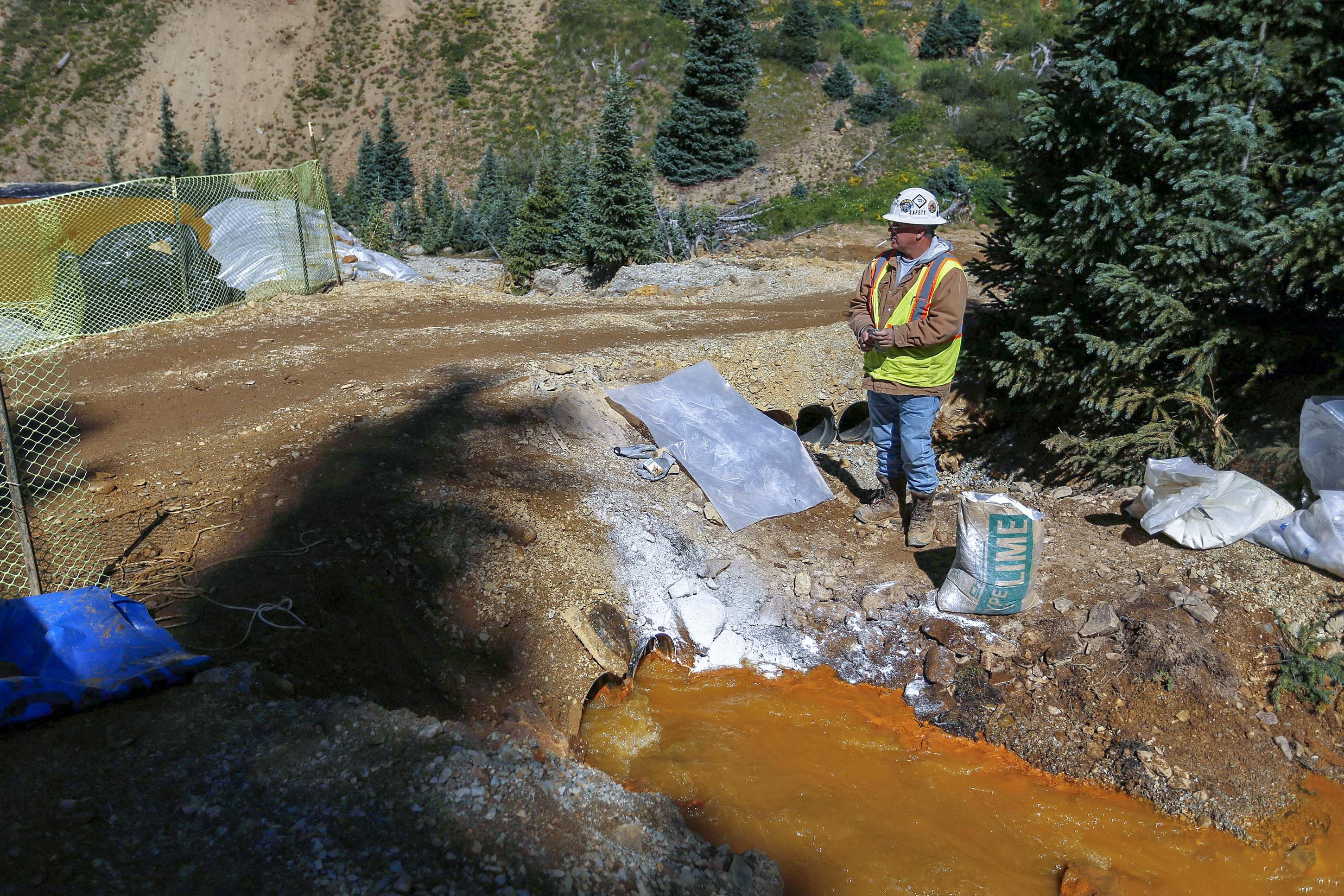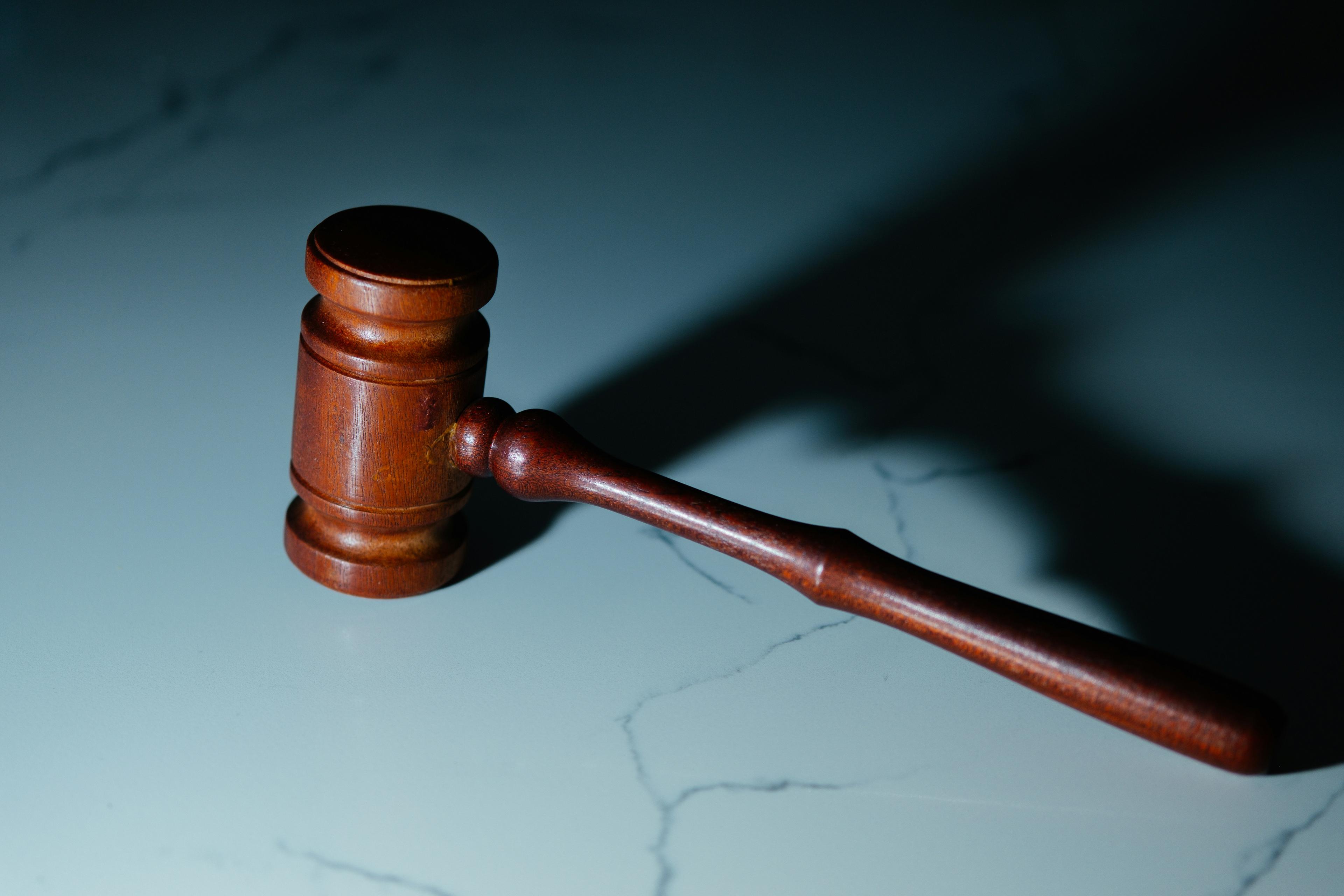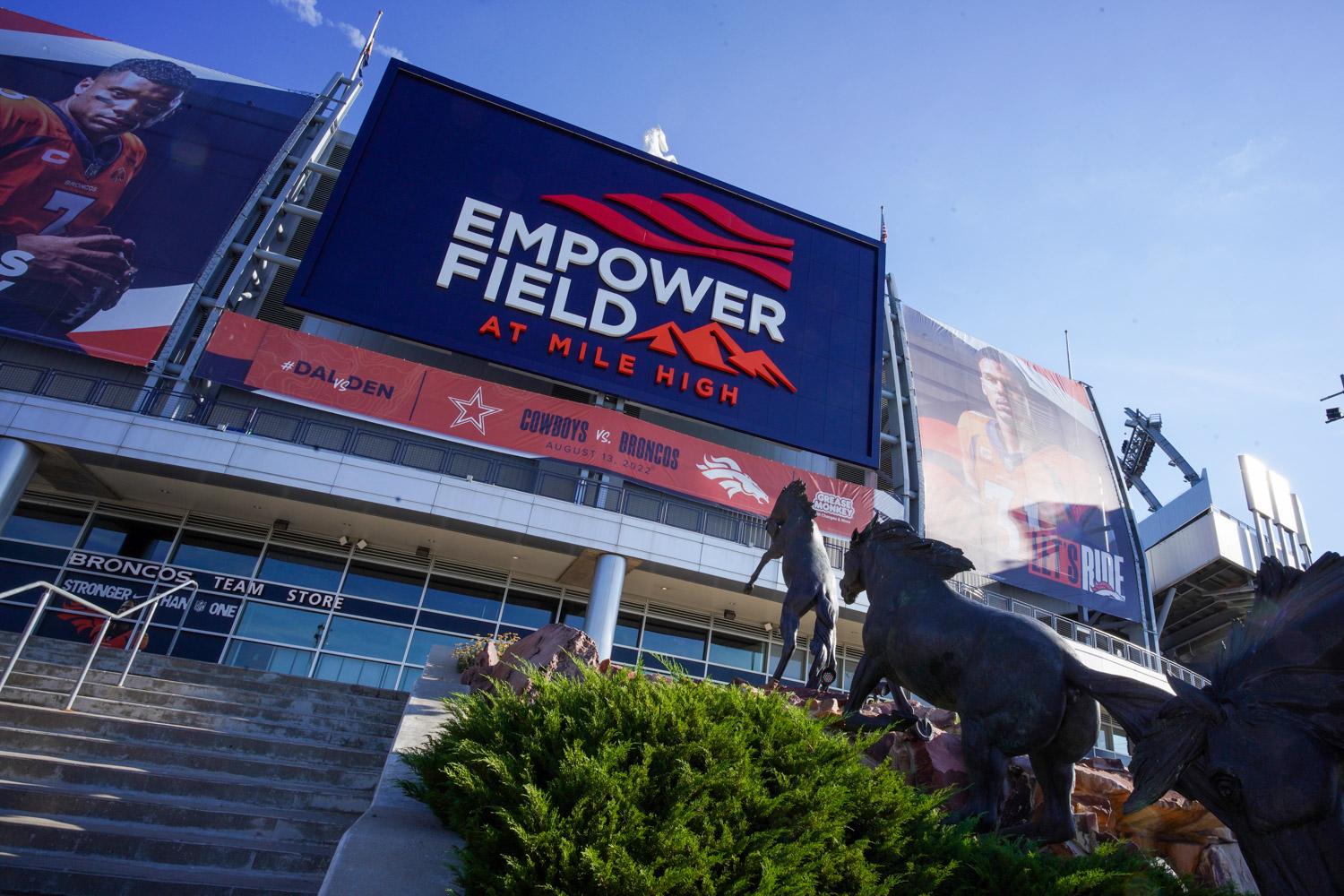

The U.S. Environmental Protection Agency will take the first major steps this summer to clean up wastewater flowing from dozens of old mines at the Bonita Peak Mining District Superfund site in southwestern Colorado, officials said Thursday.
The work includes dredging contaminated sediment from streams and ponds, diverting water away from tainted mine waste piles and covering contaminated soil at campgrounds.
The agency first outlined the plan last June and finalized it Thursday.
This summer's work is aimed at reducing the volume of toxic heavy metals that escape from mining sites and into rivers while the EPA searches for a more comprehensive solution under the Superfund program.
The Superfund cleanup was prompted by a 2015 blowout at the inactive Gold King mine near Silverton. An EPA-led contractor crew was excavating at a mine entrance when it inadvertently punctured a debris pile holding back a flood of wastewater inside the mine. About 3 million gallons of water poured out, contaminating rivers in Colorado, New Mexico and Utah.
The spill worsened a decades-old problem in the region, where millions of gallons of wastewater drains out of old mines every year.
The Gold King is not on the list of 23 sites chosen for this summer's work. The EPA installed a temporary treatment plant below the Gold King two months after the spill, and it's still cleaning up wastewater flowing from the mine.
Two of the 23 sites are campgrounds, and three are parking areas or places where people meet for tours. The EPA plans to cover contaminated rocks and soil at those sites with gravel or plant vegetation to reduce the chance of human exposure and keep contaminants from being kicked into the air.
Besides the dredging work, the EPA will dig ditches and berms to keep rain, melting snow and mine wastewater from reaching piles of contaminated waste rock and carrying pollutants into streams.
The initial project will cost about $10 million and take up to five years, the agency said.
The EPA said in 2018 the initial cleanup would include 26 sites. But three mines were removed from the list because work will be done there later.









